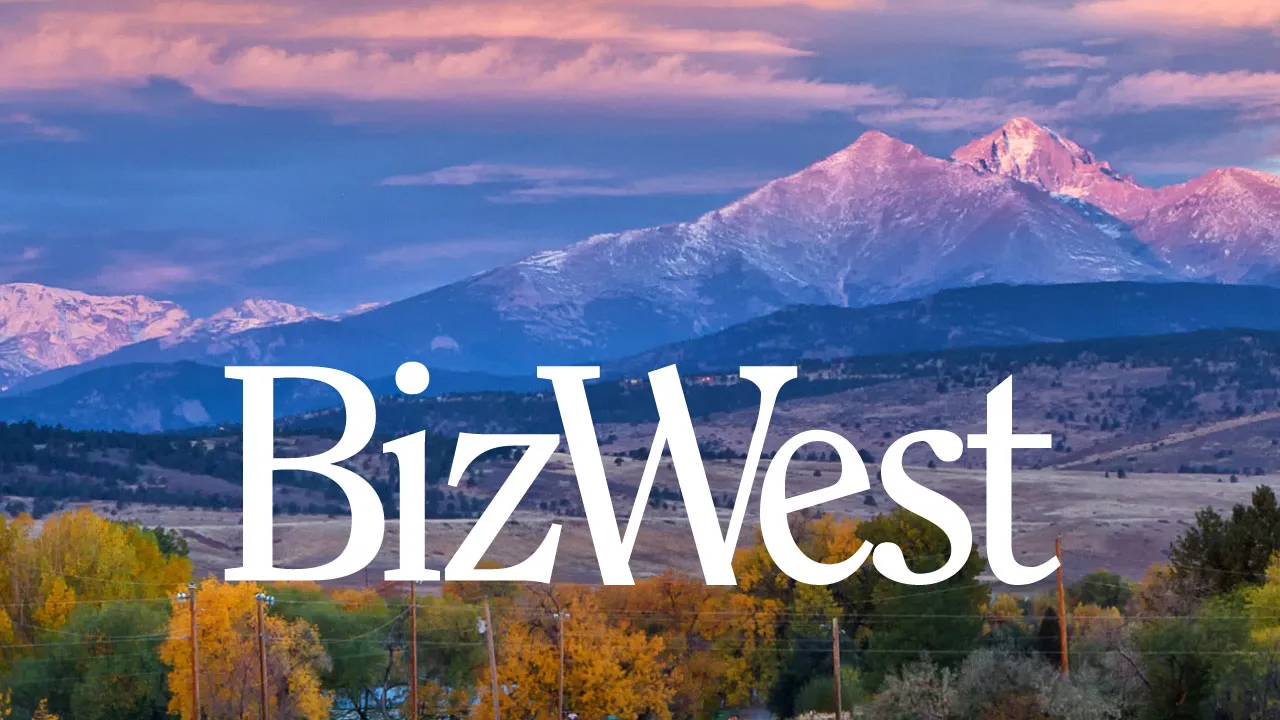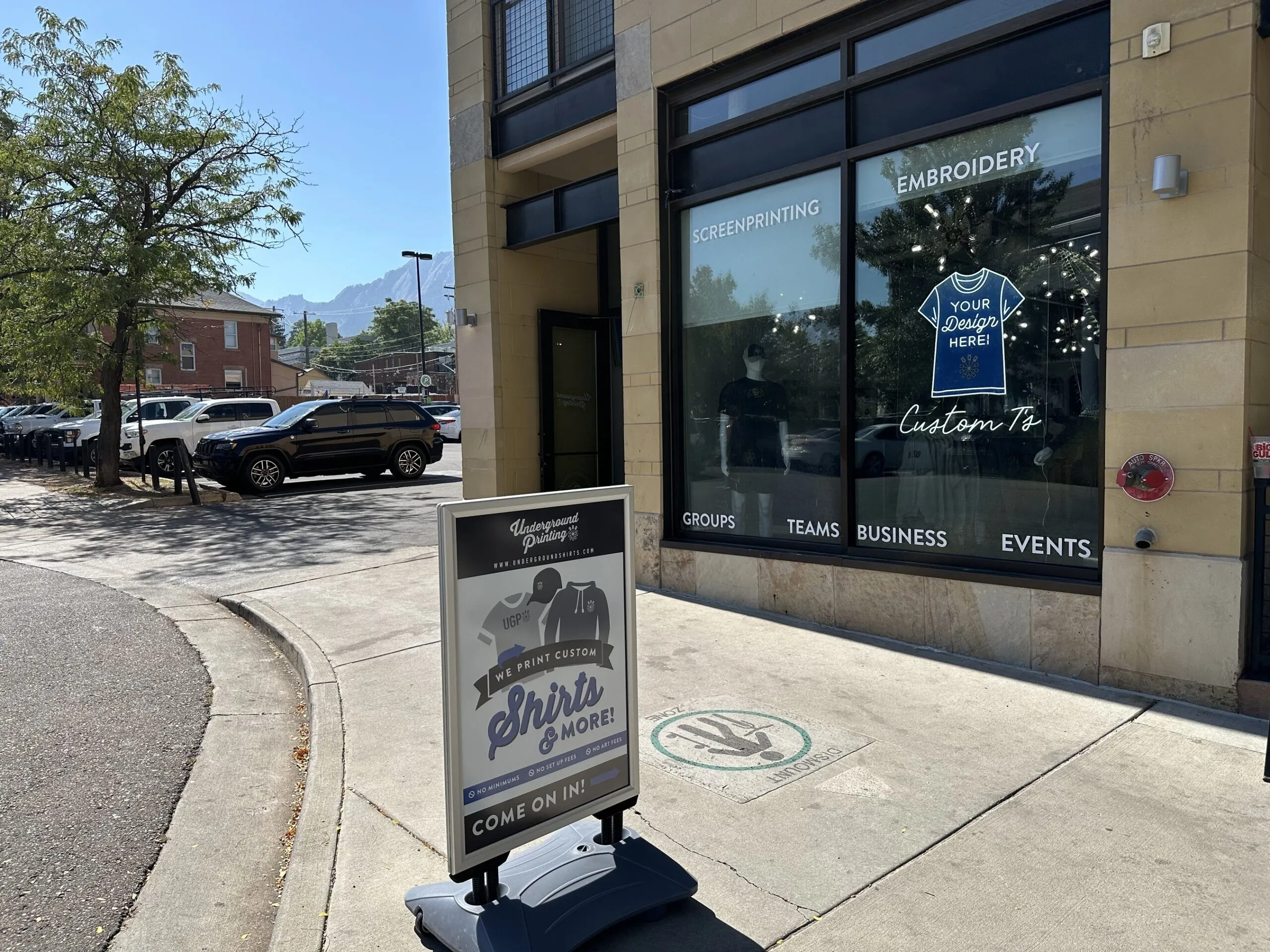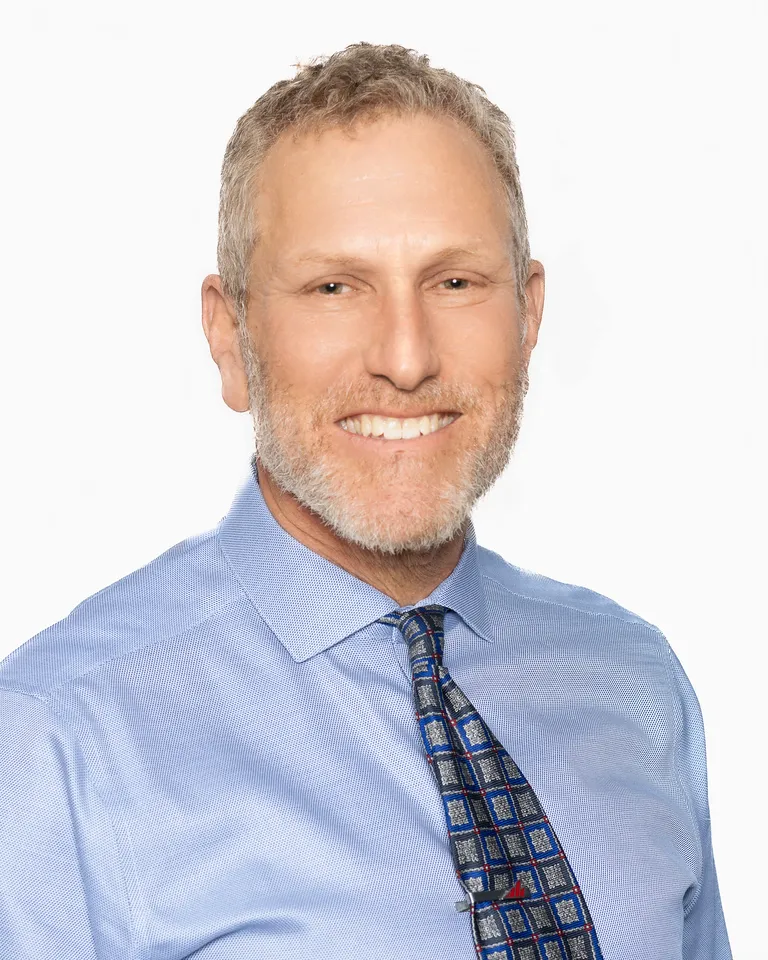Tayer: ‘I missed this’: Connectivity and Recovery
“I missed this,” was the common refrain as friends and family embraced during the first vacation trip back to my hometown in the past 18 months.
“This” was the warmth and uplifting power of human connection — the chance to experience full facial expressions, to feel the tug of loving arms, to sit close together and chat aimlessly about life — that so many of us missed over the past 15 months or so. And now there is newfound appreciation of it and the collective sense, if tinged by a bit of anxiety for what future waves of virus variants are…
THIS ARTICLE IS FOR SUBSCRIBERS ONLY
Continue reading for less than $3 per week!
Get a month of award-winning local business news, trends and insights
Access award-winning content today!





